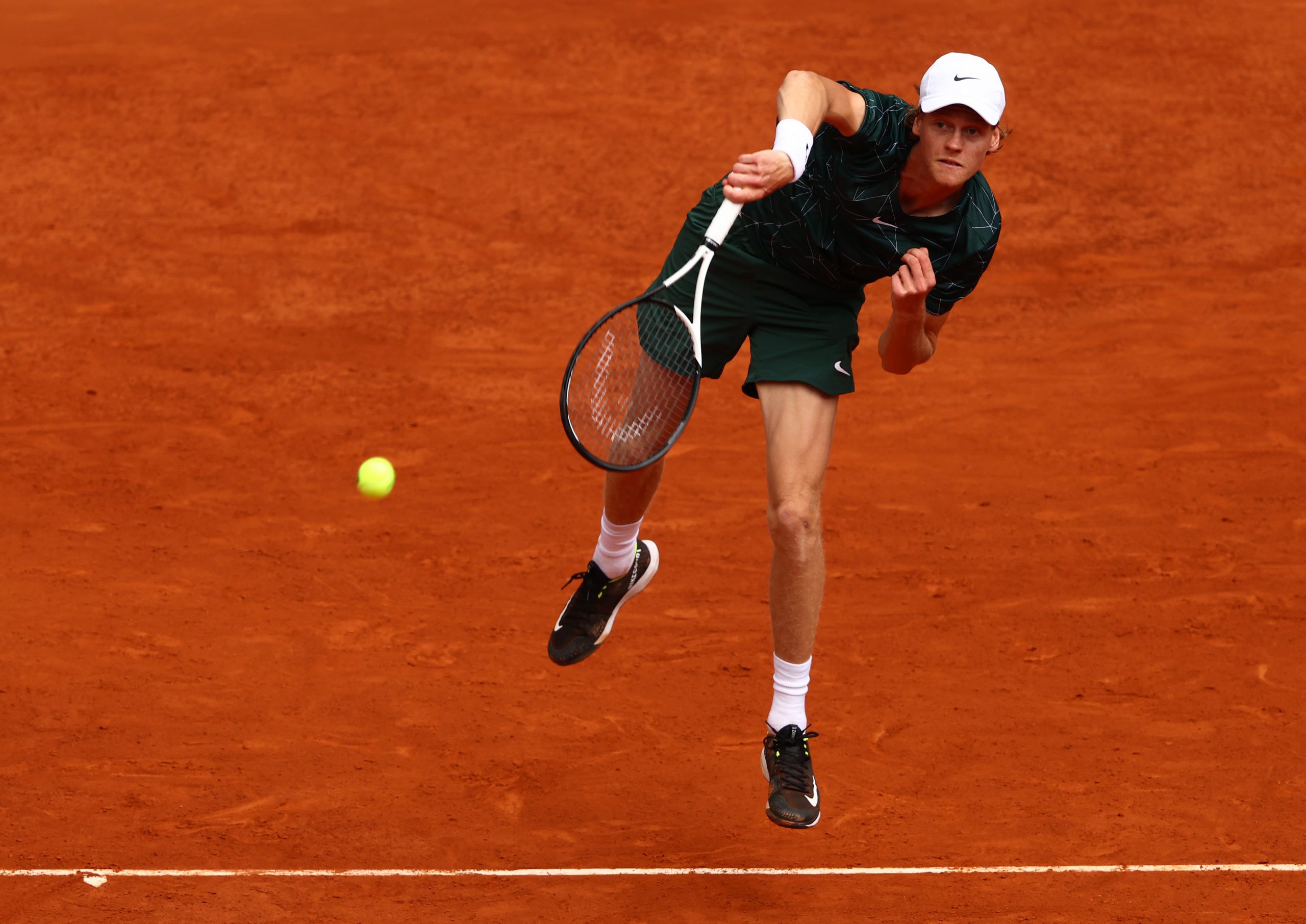Tennis is undoubtedly a demanding sport that requires flexibility, strength, agility, and endurance. A great racket is insufficient to last a player in a challenging three-set match. Therefore, world-famous sports stars maintain fitness routines that keep them fit between games.
A thorough and well-planned tennis workout can differentiate a loss from a win. A good tennis fitness routine strengthens the joints and muscles. But apart from regular practices, a tennis player requires supplemental training. This article explains how world-famous sports stars maintain their fitness between matches.
Mechanical Training
Mechanical training aims to use muscle groups the way a player does during a tennis match. Essentially, mechanical workouts do not mirror the match’s physical ups and downs. When a player lifts weights or runs for 30 minutes, they enhance power endurance while exerting energy over a long period. And this improves their overall fitness, strength, and endurance while reducing the injury risk.
Mechanical workouts are easy to schedule, and a player can complete them at the gym or home first thing in the morning, during a break, or after work. But using mechanical workouts as part of a tennis fitness routine requires devoting energy and time to the most engaged body parts.
Exercising for Joint Mobility
A tennis match tests the entire body of a player. Therefore, a player needs to ensure that their body mechanics work perfectly to prepare for this. A progressive startup enables the body to achieve this joint mobility and the motion range it needs during a tennis match. The player engages in flexibility exercises while trying to avoid joint injury that may interfere with their movements. Such activities could include head circles and stretching the ankles by going down.
Warming Up
Successful tennis players have a warm-up routine that increases their heart rates and body temperatures. By engaging in warm-up exercises, tennis players arrive at the court when their bodies are ready for acceleration from the beginning. Some players listen to their favorite music to stay focused and relaxed while boosting their energy.
Select the right music depending on your physical or emotional state if you go with this option. When warming up before a match, players can boost themselves with positive, creative visualization. Music, warm-up, and visualization before a game can put the mind and body in perfect harmony.
Metabolic Training
Metabolic workout alerts the workout intensity while altering length and intervals to signal the physical demand of a match. Successful tennis players incorporate exercises that require the same muscles, movements, and stamina to achieve this. For instance, a player can do shuttle runs instead of long jogs. Such an option provides a cardio workout by incorporating sudden changes in direction and quick accelerations, which is like performing on a court.
Tennis is generally an aerobic sport that requires aerobic recovery between matches. Therefore, it lends itself to high-intensity interval training, including short aerobic sets targeting specific muscle groups and fitness areas. A player takes short breaks between the exercises to facilitate aerobic recovery.
Apart from closely mirroring the tennis match’s physical demand, high-intensity training allows the player to achieve more focused and more incredible results within a short time, unlike traditional routines.
Strength Training
Tennis players engage in strength training to improve their game while reducing injury risk. With sufficient strength training, a player can hit the tennis ball harder, move faster, improve quickness and power, and become more explosive on the court. This training exercises the lower and upper body parts. For instance, a player can perform three sets of up to 10 repetitions 3 to 4 times a week.
Building the Core Stability
Excellent core stability is vital for most tennis strokes. And this entails stabilizing and controlling the trunk concerning the lower limbs. Also, the core facilitates forces’ transfer from the lower to the upper body and the rackets. Most tennis players focus core stabilization exercises on the lower back, abdomen, and hip musculature.
Split up Workouts
Some tennis players don’t have a lot of time for training. Therefore, they divide their workouts to achieve their fitness goals despite tight schedules. For instance, a player can do cardio exercises for ten minutes and stretch for another ten minutes with a twist bar or as their cool-down after training on the court. These activities are vital components of an effective tennis fitness routine because they reduce the development of soft-tissue injury.
Also, splitting up the workouts allows for more variety while making every exercise enjoyable. What’s more, resting between short workouts can heal the muscles, preventing overtraining while reducing the injury risk.
Mental Training
Mental warm-up is also vital for tennis players. That’s because the brain is the body’s pilot, and it helps a player reproduce their movements. Therefore, mental training is the main factor for anybody to perform in sports like tennis. Positive mental conditioning increases the chances of success. It also enhances the chances of doing the right actions and achieving the desired results.
Even when playing casino games online, the right mental state can help you decide faster and increase your chances of winning a jackpot. While you can play blackjack for free, you won’t make accurate decisions to make the most of your time in a casino betting if you’re not in the right mental state. Similarly, tennis players engage in mental training to keep their minds fit.
To do this, some players repeat positive and motivating words regularly to train their brains positively. By repeating such terms, they convince the brain that they can achieve their desired results. Each tennis player has specific words they find motivating.
Parting Shot
Playing every match at best is not easy for a player. Several factors can limit the player’s maximum potential, and they should consider them. For instance, muscular pain because of a previous match, lack of motivation and mobility, competition stress, emotional state, and thoughts can limit a player’s performance. Nevertheless, practicing good habits and maintaining a fitness routine enables the world-famous sports stars to keep themselves fit between matches. Creating and sticking to a fitness routine helps these stars avoid factors that may prevent them from performing at their best level. While some exercises that are part of their routine may seem simple, repeating them keeps the body fit for the next match.
















